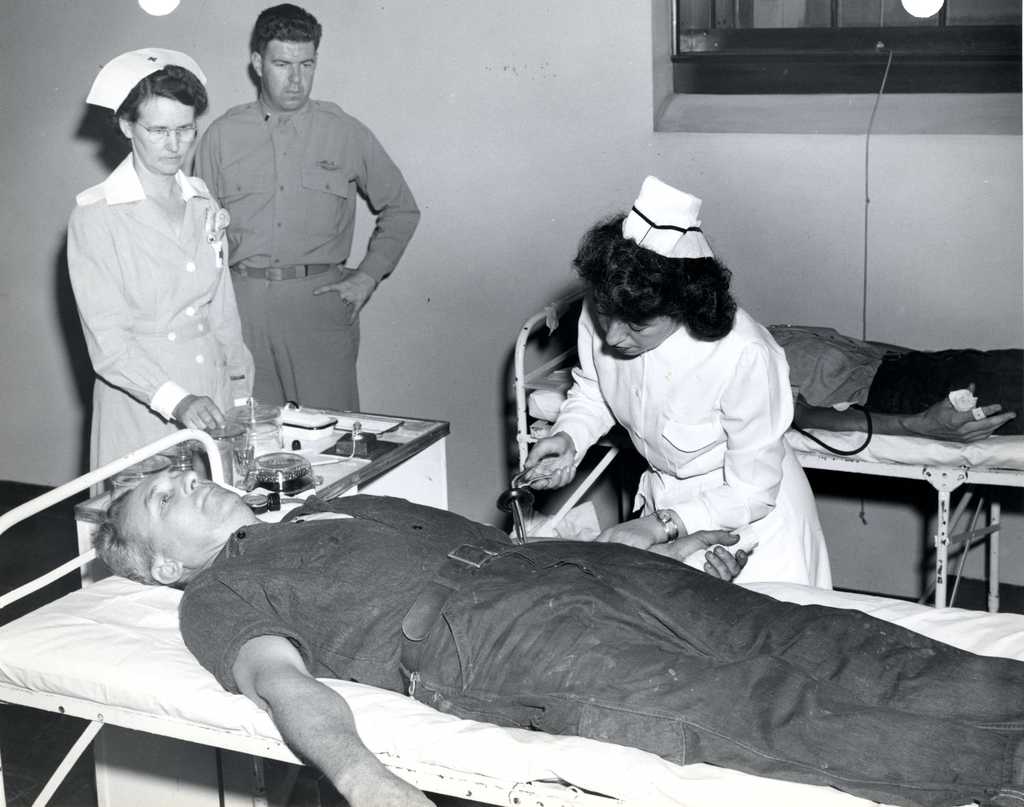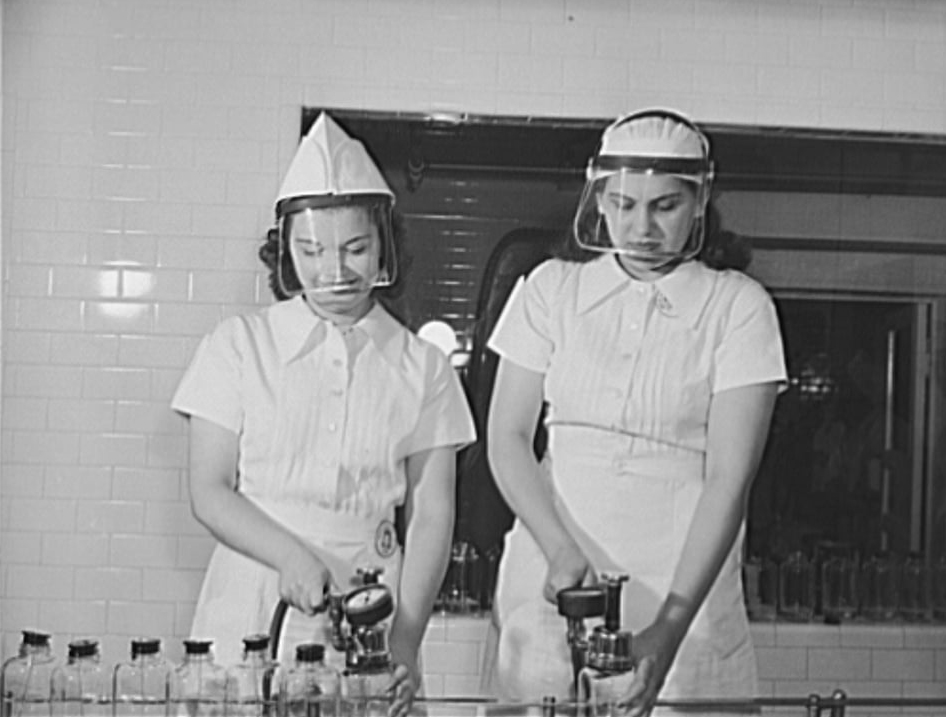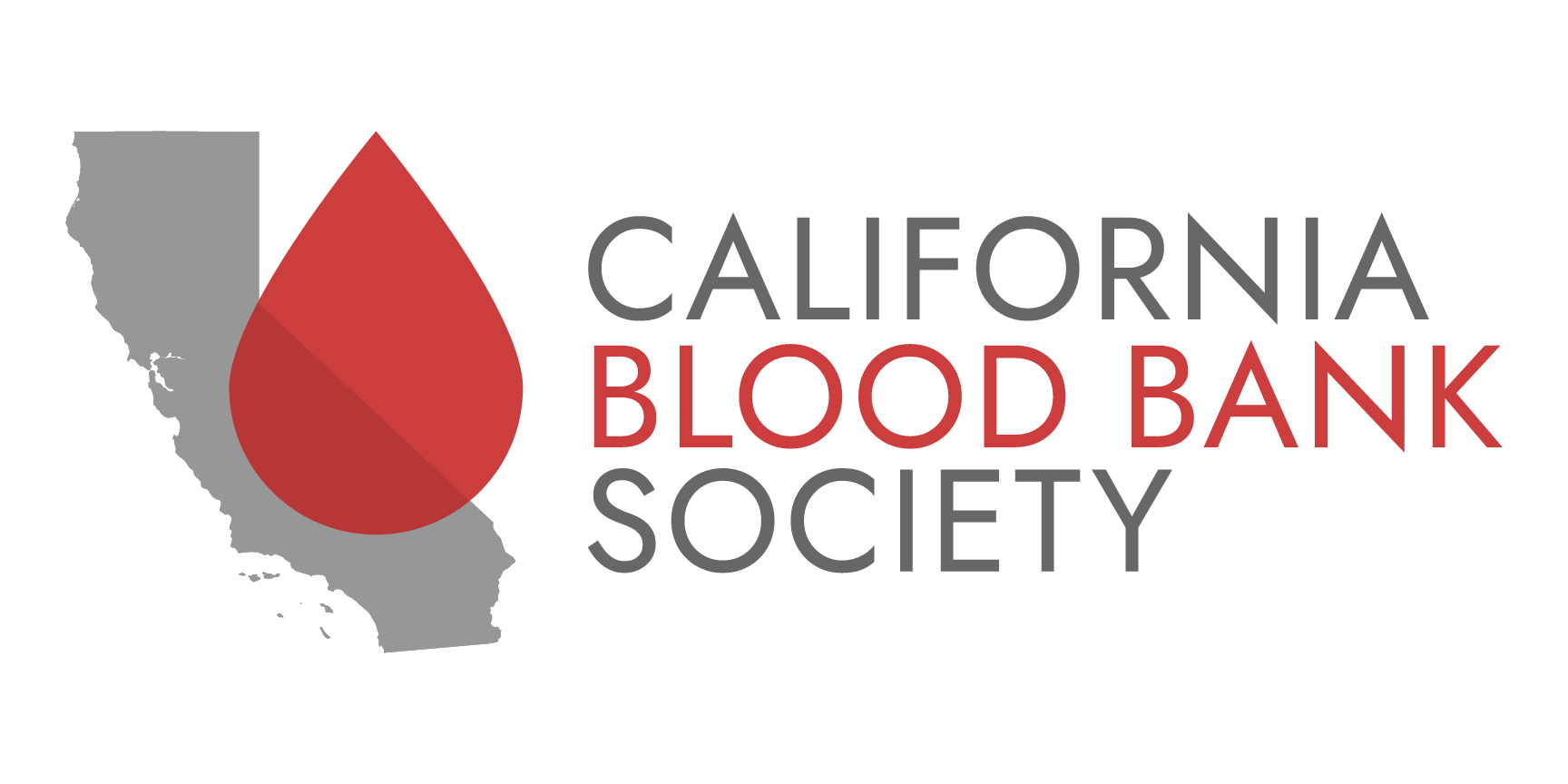 Long before there was CBBS, there was a dream. John Upton, originally from England, graduated from Stanford University Medical School in 1934. He was an obstetrician. He believed firmly that no woman should die in childbirth from lack of blood. This belief fueled a dream.
Long before there was CBBS, there was a dream. John Upton, originally from England, graduated from Stanford University Medical School in 1934. He was an obstetrician. He believed firmly that no woman should die in childbirth from lack of blood. This belief fueled a dream.
Dr. Upton joined efforts with Dr. DeWitt Burnham, who had been appointed by the San Francisco Medical Society to start a community blood bank in San Francisco. The year was 1940. Prior to that, as early as 1938, blood banks had been established in Los Angeles County General Hospital and in the Highland Hospital in Oakland. In 1939, Good Samaritan Hospital in Los Angeles started the first private blood bank.
Interrupted by active service in World War II, Drs. Upton and Burnham returned to San Francisco eager to further the idea of community blood banks. Through their efforts, in May of 1945, a resolution was introduced in the State Legislature asking that the idea of community blood banks be explored, perhaps even supported by, the State. In 1946, Senate Bill 1257 was introduced to do exactly that, including an appropriation of funds to reach that goal. The Public Health Department divided the State into fourteen “areas” which were thought to be sufficient to provide “regional” blood bank units throughout the State. The bill was defeated.


The doctors didn’t stop the pursuit of their goal. In a letter addressed to Dr. Upton, dated April 5, 1948, Edwin Bruck, MD, Chairman of the Council of the California Medical Association, stated “there has been authorized by the Council of the California Medical Association a Blood Bank Committee on the State level. This Committee will try to coordinate the blood banks of the State and try to further the formation of new banks and try to formulate the plans for a statewide system. Will you please serve as a member of this Committee and be present at its organization meeting during the CMA meeting April 11 – 14, 1948, in San Francisco?” Dr. Upton’s reply contained the still-applicable cryptic side-note, “.. will not all be smooth sailing, but who is afraid of wet weather?”
At that initial meeting, Dr. Upton was elected Chairman of this committee, and the committee was recognized as a Commission. Meetings continued to take place through the second half of 1948, in which the members of the Commission continued to struggle with territorial issues, as well as payment and reimbursement issues. It was proposed that the AMA enter into the deliberations, and the County Medical Society have the sole right to decide who collects and distributes blood in each respective county within California.
In September of 1948, Dr. Upton wrote a proposed plan of action for adequate blood coverage in the State of California. It concluded with, “The Program of the Blood Bank Commission of the California Medical Association envisions the following:
- To encourage, to promote, to sponsor, and to aid in the establishment of community-type non-profit blood banks in California, wherever their establishment is clearly indicated. Control of such banks must be under the local County Medical Society.
- To actively promote and strongly encourage high and uniform standards of service. The standards we recognize are those outlined in the Biologics Act of the United States Public Health Department.
- To plan and foster a Clearing House on questions relating to the training of personnel common to blood banks.
- To sponsor and aid local Medical Societies in developing “walking blood banks” in sparsely settled areas where it is economically unsound to erect a blood bank. The Rh factor should be determined at the same time as the blood typing.
- To promote and foster the immediate exchange of ideas and materials, and the dissemination of the information relating to blood banking and its technical methodology by education, publicity, and research.
- To plan and foster cooperation and integration of all existing and contemplated blood banks in time of emergency or disaster.
- To aid other States and the Nation with blood and blood derivatives to the limit of our ability when disaster strikes or when an emergency condition exists.”
With the linking of community blood banks into a statewide chain, the need for a simple system of blood exchange was apparent. Bernice Hemphill, of Irwin Memorial Blood Bank, conceived the idea of an exchange similar to the fiscal Clearing House utilized by money banks. On September 19, 1949, a meeting was held at the St. Francis Yacht Club in San Francisco with the Clearing House on its Agenda. Subsequent sessions on the subject were held, and the first Blood Bank Clearing House became a reality on March 1, 1951, with offices set up at Irwin Memorial Blood Bank. The Clearing House program was said to be the main purpose and function of the CBBS when the Articles of Incorporation were filed. Based on its success, Mrs. Hemphill was able to convince the AABB Board of Directors in 1953 that they should sponsor a nationwide Clearing House program. So it happened that in 1956, the California Clearing House became the Pacific District Clearing House of the AABB program.
It was in March of 1950 that the Commission recommended to the CMA that blood banks be autonomous, and non-profit, with no obligations to federal, state, or national organizations.
In 1951, on February 23 and 24, the Commission held another meeting. This was becoming an annual affair, with technical and administration sessions offered to the attendees of various independent blood centers throughout California.
Articles of Incorporation were filed on March 30, 1951. They were approved by the Superintendent of Banks in the State of California and by the Secretary of State and registered in the City and County of San Francisco.
CBBS was legally in business. Dr. Upton’s dream of the “California Life Line” had come true.
……….
By Joseph Hayhurst, MD – CBBS President, 1965-66
